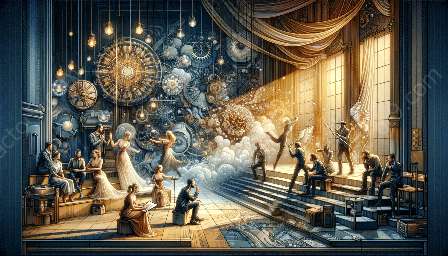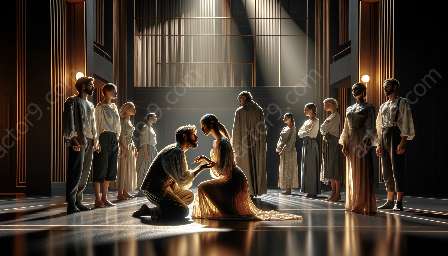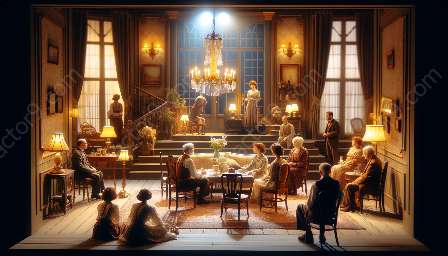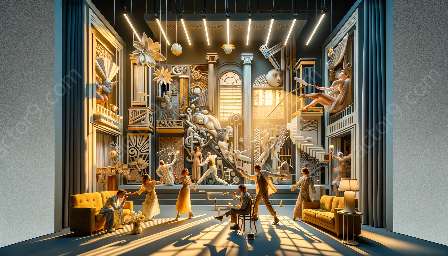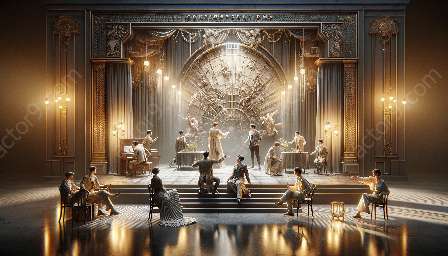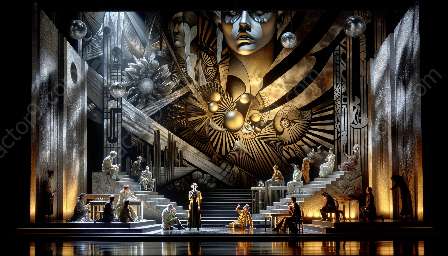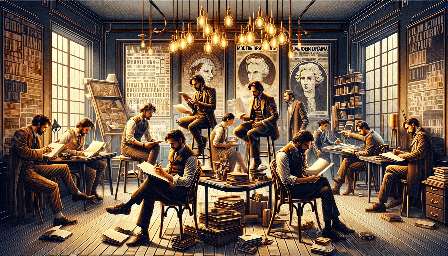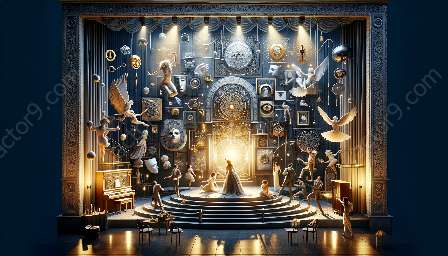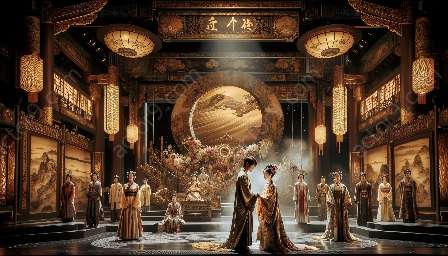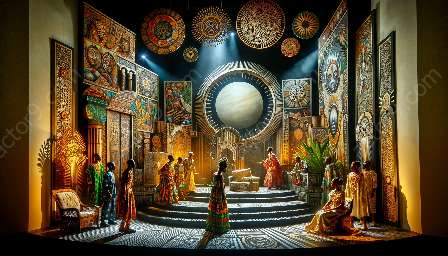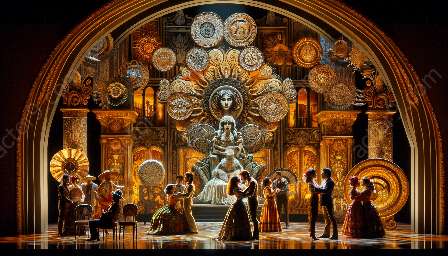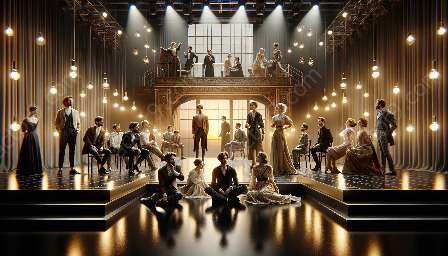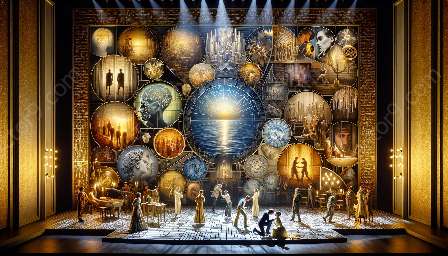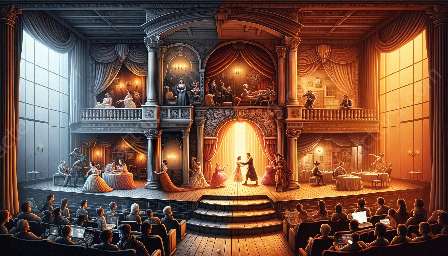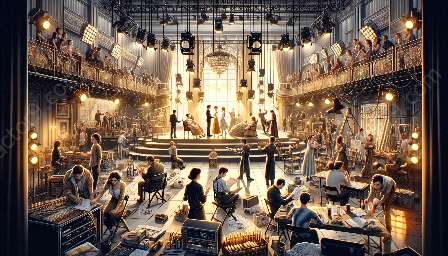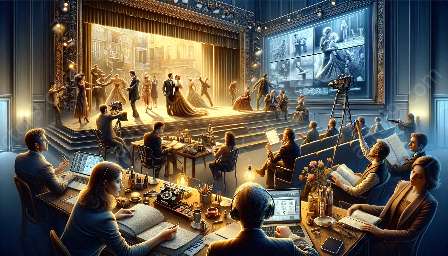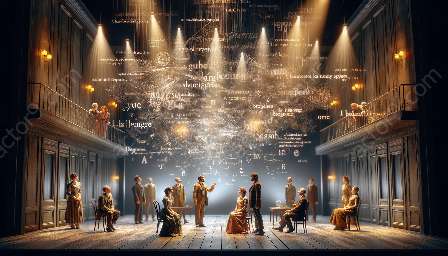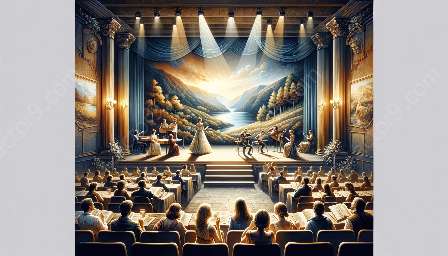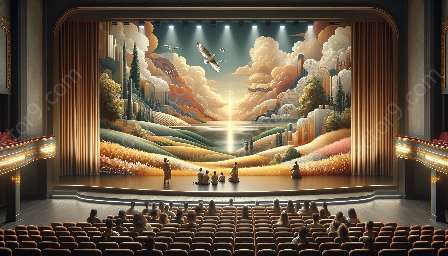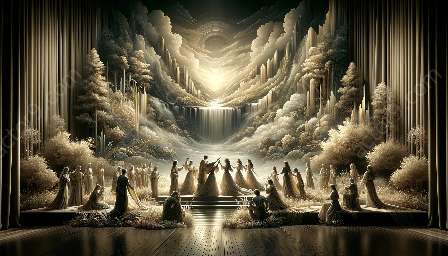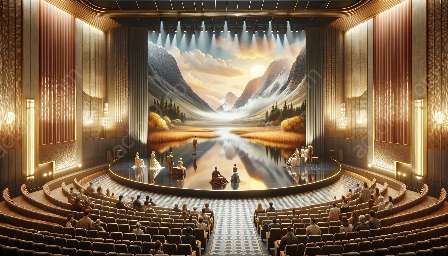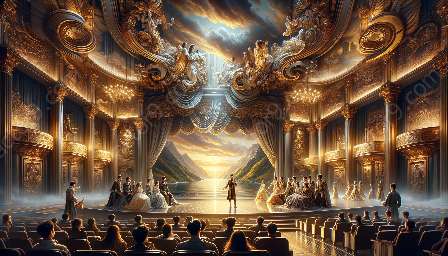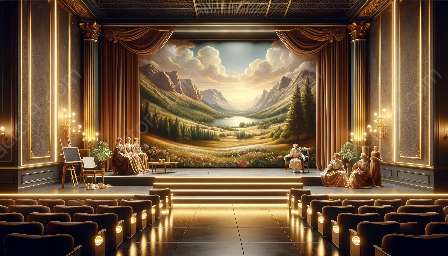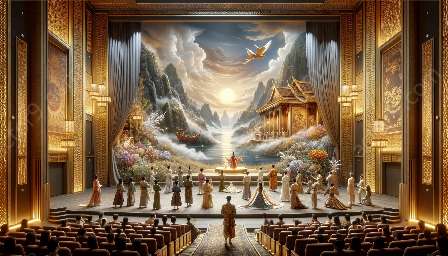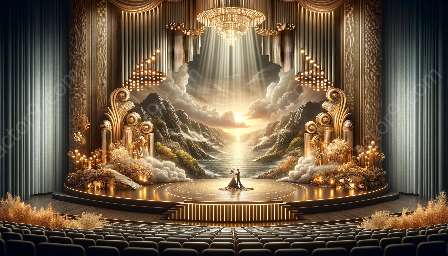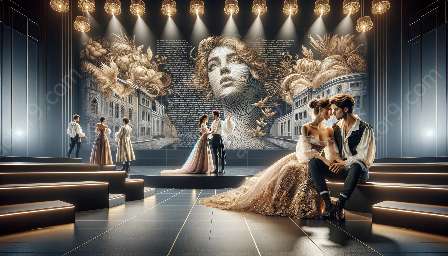Modern drama has witnessed the evolution of theatrical practices and storytelling techniques, where the incorporation of improvisation and spontaneity has played a significant role. This topic cluster aims to explore the relationship between improvisation, spontaneity, and modern drama, while delving into the criticisms and impact on the evolution of theatre.
The Evolution of Modern Drama
Modern drama emerged as a literary and theatrical movement in the late 19th and early 20th centuries, marking a significant departure from the traditional forms of theatre. With the rise of realism and naturalism, playwrights sought to reflect the complexities of human existence, societal issues, and psychological insights in their works. This shift also brought about a reevaluation of performance techniques and the conception of spontaneity in theatrical presentations.
Understanding Improvisation
Improvisation in modern drama refers to the spontaneous creation and performance of dialogue, actions, or characters without a predetermined script. It offers actors the freedom to adapt and respond in real-time, infusing vitality and authenticity into their performances. Improvisational skills have become increasingly valued in modern theatre, allowing for dynamic interactions and enhancing the emotional immediacy of a production.
Exploring Spontaneity
Spontaneity, on the other hand, encompasses the unplanned and unrehearsed elements of a performance. It can manifest in subtle nuances, unexpected gestures, or unscripted reactions, adding layers of depth and unpredictability to the dramatic experience. The incorporation of spontaneity challenges the notion of rigid theatrical conventions, encouraging actors to embrace the present moment and engage with an audience in a more intimate and authentic manner.
Significance in Modern Drama
The infusion of improvisation and spontaneity in modern drama has revolutionized the traditional dynamics of theatrical storytelling. It has provided artists with the opportunity to explore new forms of expression, break away from rigid structures, and engage in collaborative, interactive processes. The emphasis on spontaneity has also led to a redefinition of the performer-audience relationship, blurring the boundaries between fiction and reality, and inviting active participation and empathy.
Criticisms and Challenges
Despite its significance, the incorporation of improvisation and spontaneity in modern drama has not been without its criticisms. Some scholars and traditionalists argue that excessive improvisation may compromise the coherence and artistic integrity of a play, leading to incongruities or diluted thematic impact. Moreover, the unpredictability of spontaneous elements can present challenges in maintaining a consistent artistic vision and cohesive narrative.
Impact on Theatre Evolution
However, the criticisms have also sparked insightful debates and reflections on the nature of theatrical performance and the evolving role of the actor. Modern drama has continually adapted and absorbed diverse influences, and the integration of improvisation and spontaneity has contributed to a richer tapestry of theatrical experiences. It has spurred experimentation, innovation, and the reimagining of storytelling possibilities, ultimately shaping the trajectory of contemporary theatre.
Conclusion
In conclusion, the significance of improvisation and spontaneity in modern drama extends beyond mere performance techniques. It embodies a philosophical approach to art, emphasizing the vitality of the moment, the complexities of human expression, and the evolving nature of theatrical storytelling. While subject to criticism, the incorporation of improvisation and spontaneity has undeniably left an indelible mark on modern drama, defining its dynamism, diversity, and enduring relevance in the realm of theatrical arts.


